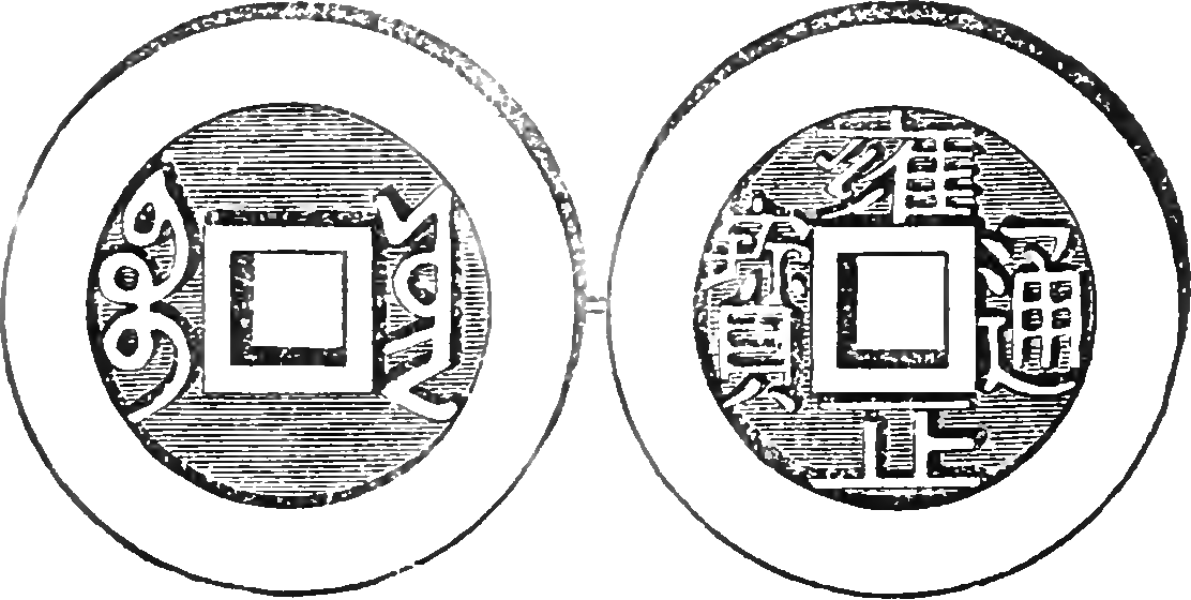<![CDATA[A week-long expedition on Elcho Island, off the Northern Territory coastline in Australia, has turned up a 300 year old coin that may give evidence of contact between the Chinese and the Aboriginal Australians in the 18th century. The coin was found by a group of enthusiasts who have named themselves the Past Masters. Mike Owen, one of the members of the group, states that this is the first time that such an old Chinese coin has been found in northern Australia. Owen states that this coin was brought to north Australia by the Macassan people, or by the Chinese themselves. The Macassan people, also known as the Macassan trepangers, came from Sulawesi, an island in Indonesia. They traveled to northern Australia in the eighteenth century to buy trepang, a local term for sea cucumber, which they in turn sold to the Chinese who used it extensively for culinary and medicinal purposes. It is reported that it also had some aphrodisiac properties. Even to this day, the Macassan presence is felt in north Australia, as the language and traditions of the local people are akin to them. The Macassans also introduced tamarind trees to the territory. The trepang trade occurred before the British invaded the land, and is the first documented export industry for Australia. The brass Chinese coin is the only coin of its kind, and it is the only evidence that there was a trade between the Chinese and the Aboriginal people. This is not the first time coins have been found in the Northern Territory, however, as 1000-year-old African coins were discovered on one of the islands in the 1940s. Recently, Dutch coins minted in the 18th century were found in this area as well. The trepang trade was ended by the Commonwealth Government in 1907. The coin has been dated back to the Qing Dynasty, which was led by Emperor Qianlong from 1736 to 1795 AD. Evidence of this fact comes from two Manchurian characters on one side of the coin, which indicates that it was minted by the Chinese Government in Beijing. The coin may have been used to buy land from the Aborigines for the use of its resources, remarks Indiana University anthropologist and co-founder of the Past Masters, Ian McIntosh. McIntosh states that the recent find will open up a new opportunity in understanding the role of the native Australians before the British took over. The coin has not been taken with the group however, as it was placed back into the sand where it was found after pictures and notes were taken. It doesn't mean the end of the research on local trading customs however, as McIntosh and his colleagues are now doing research on the East African coins that were found near Elcho Island. Research is also being conducted on other artifacts collected that show contact between the Aborigines and the world such as indigenous rock art, and an ancient swivel gun, which was found in the same area in 2010. Pertaining to the Aborigine history with the Chinese, Owen states that there are plenty Aboriginal stories of Chinese traders in Australia and their primary use for the coins is as fishing weights.]]>
Coin Proves Trade Between Chinese and Aboriginal Australians
